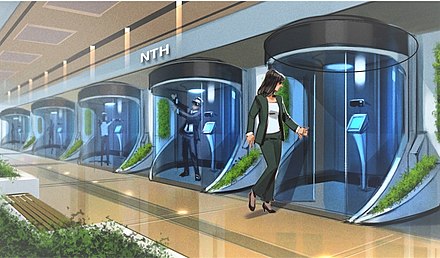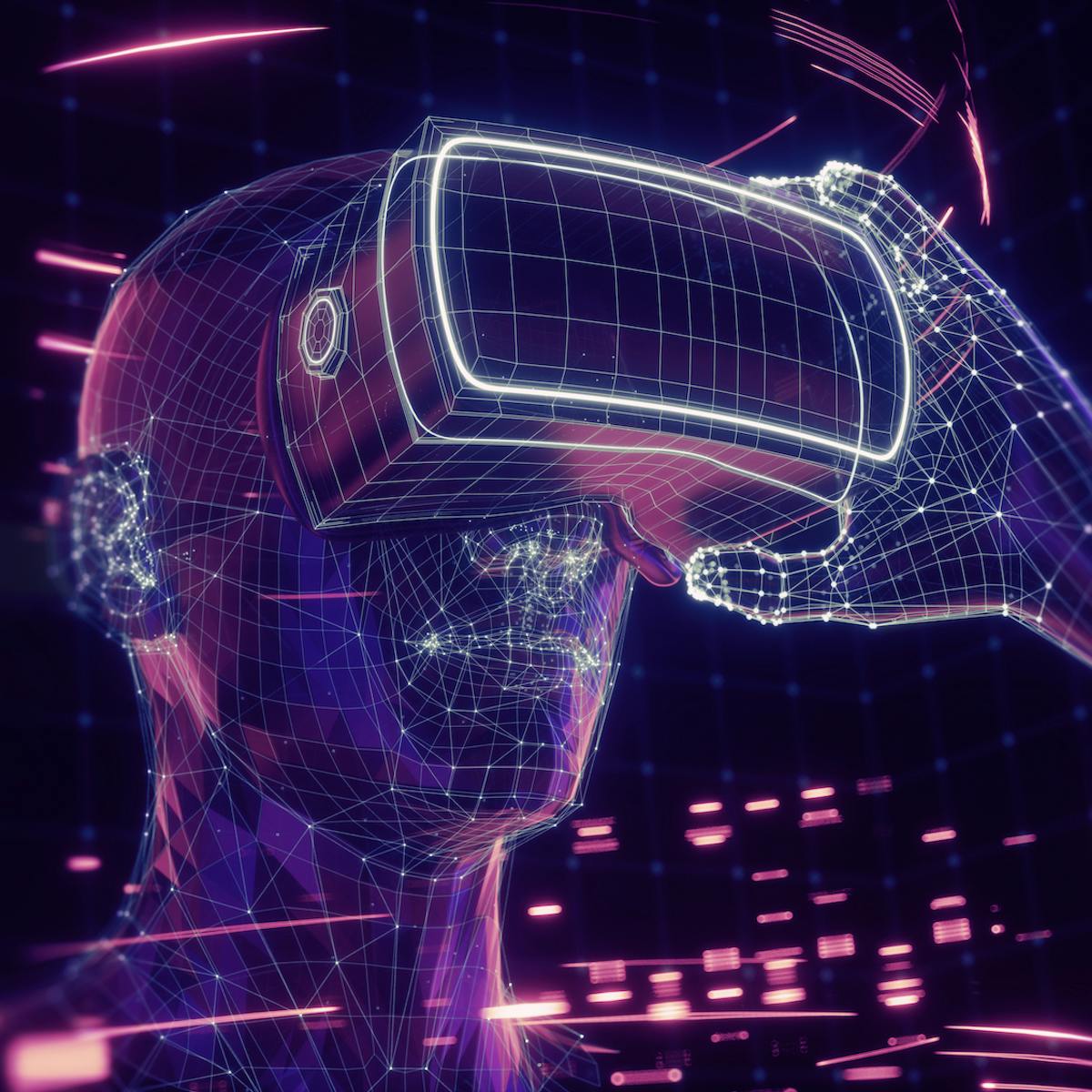What the Metaverse Means for the Real Estate World
There are different types of mixed reality technologies being developed today, including augmented reality (AR), which presents information to users through their smartphones or tablets; and virtual reality (VR), which immerses users in digital worlds that they can touch and interact with through special headsets or gloves.
5 Things to know about the Metaverse
Before we dive into what mixed reality is, it’s important to understand that mixed reality comes from an idea referred to as the metaverse. But what is a metaverse exactly? A term coined by Neal Stephenson in his 1992 science fiction novel Snow Crash, a metaverse refers to an interconnected virtual universe, made up of lots and lots of private universes. That description might not make sense just yet, but it will soon.
For now, just know that a metaverse is basically another word for cyberspace or virtual reality (VR). As for mixed reality, think of it as VR plus augmented reality (AR). AR adds digital content on top of real-world objects and environments—think Pokémon Go. So when you think about mixed reality you're essentially combining VR with AR. Cool! Now let's get back to those five things you should know about the metaverse...
5 Things to Know About Mixed Reality: Augmented reality and virtual reality are becoming increasingly popular in our daily lives.
In fact, 2017 has been called the year of AR because Apple launched its first mobile device capable of supporting AR apps (iPhone X) and Microsoft introduced its HoloLens 2 headset.
When it comes to new technology trends, if one tech giant embraces something others are sure to follow suit.
With all these devices capable of creating mixed realities emerging over time, many companies are taking advantage of this technology and creating their own software products based off their respective platforms.
10 things you should know about Virtual Worlds
Virtual worlds are new and unfamiliar, but what exactly are they, and why should you care about them? This roundup of 10 things you should know about virtual worlds will give you a quick overview. From virtual world to augmented reality to first person shooter, learn more about some terms that come up when people talk about virtual worlds. For example, if you want to know what non-player characters (NPCs) are—or want to brush up on your Second Life trivia—this post is for you. You can find out how human agents in digital environments differ from humans who don't participate in such games; plus learn whether people who play these games regularly might actually be smarter than those p don't! We'll also cover what an avatar is, and discuss where else you might see it besides in a virtual world. There's plenty more to explore after you finish reading, so dive right in!
5 Ways VR Can Improve Our Lives
Virtual reality has come on leaps and b
L loop pounds over recent years, with dozens of companies all vying for consumer attention. But why do we need VR in our lives, and how can it benefit us? Here are five ways virtual reality can improve your life. 1. Education In its current form, virtual reality education takes one of two forms: either short immersive experiences that help students engage with subjects they’re learning about (e.g., Apollo 11 VR or Fantastic Beasts), or immersive simulations that let students experience real-world situations (e.g., Medical Realities). In both cases, virtual reality helps educate students by putting them into unfamiliar situations and forcing them to learn as they go along – something which many people believe to be more effective than traditional teaching methods such as lectures or power point presentations. 2. Fitness Many fitness experts have already noted that spending time exercising in an immersive environment can help reduce feelings of boredom during workouts – so much so that many now recommend gaming systems like Xbox Kinect for their gyms!
5 Themes in VR Design
With so many themes to choose from, it can be difficult to decide which one to pick. However, there are five main ideas that you may want to consider before you start designing your world. These themes are: exploration and travel, epic adventure, fantasy and magic, education and vocational training, family experience.
Below we’ll go into more detail about each theme. A common theme in many virtual reality worlds is exploration and travel. You might have traveled around your home town thousands of times in real life but if we drop you in an entirely new city what would happen? With VR we can take people on such adventures by giving them experiences such as flying over a real city or navigating through space along with astronauts.
7 Tips on Creating a VR Prototype
When creating a virtual reality prototype, there are many options for both development and design. First, identify what you want to create. This could be from brainstorming, user interviews or even existing prototypes. Once you know your idea, it’s time to start thinking about what kind of VR experience you’re looking to create
6 Tools for Building VR Experiences
VR development technology can feel overwhelming, but if you’re just getting started it’s best to focus on one tool. Having multiple tools for creating your VR experience can make things confusing, so here are some tips for choosing which ones will work best for you. First, ask yourself what kind of VR content you want to create: 2D or 3D? Then choose from these six tools: Unity3D, Unreal Engine 4, Google Blocks/Tilt Brush/Sketchup/etc., Maya (Autodesk), Cinema4D (Maxon), and Blender. Each has its own strengths and weaknesses that may better suit different needs and skill levels.
13 Books That Will Help You Understand the Future
The future is hard to predict, but much can be learned by studying others who have tried. Here are 13 books that might help you better understand what’s coming in tech and culture. If there are additional books you feel should be on our list, please let us know via Twitter or Facebook. We’ll update these links as new recommendations roll in. (We will keep updating.)










